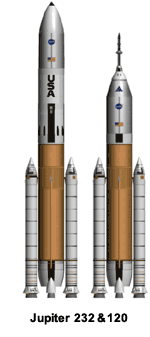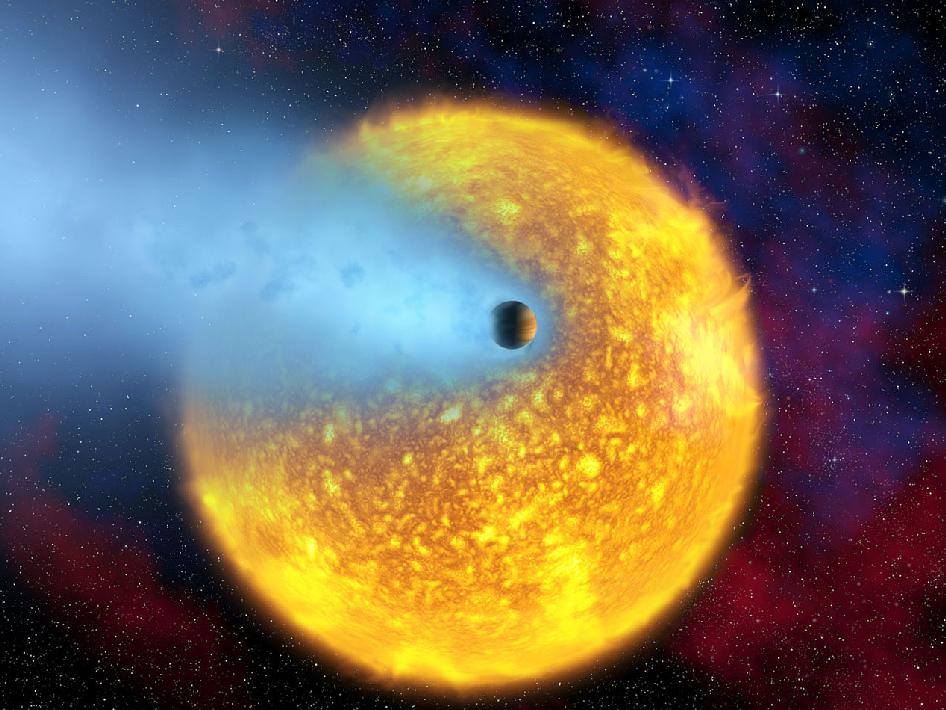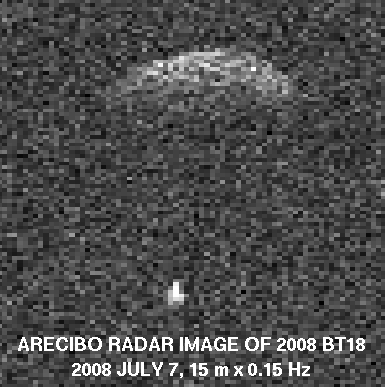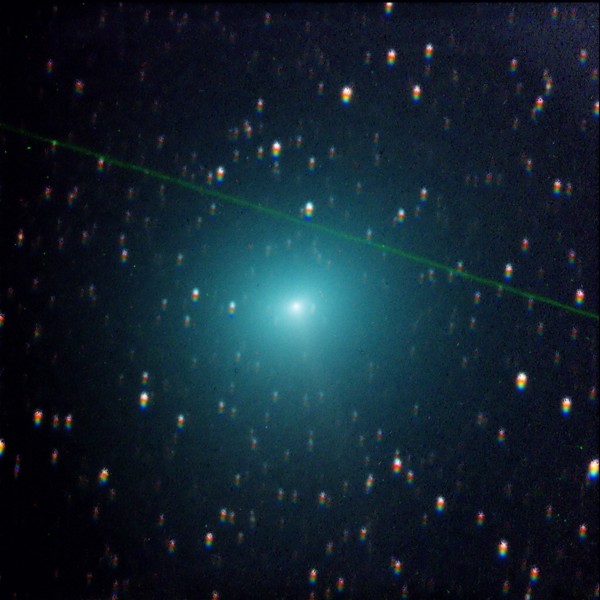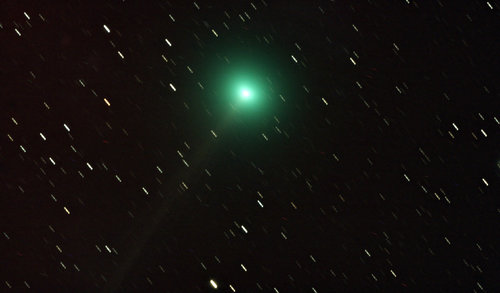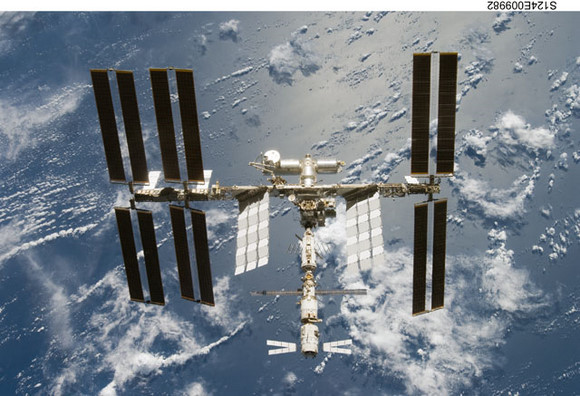There’s a group of NASA engineers who believe NASA is making a mistake with its new Constellation program to replace the shuttle, which will use the new Ares rockets for launches starting in 2014. Constellation is an all new program which requires everything to be built from the ground up. The group of engineers asks, why not use the systems we already have that work reliably? The engineers, who are working clandestinely after hours on their plans have been joined by business people and space enthusiasts, and they call the plan Direct 2.0. They believe this approach could be flying sooner than Ares, reducing the gap in the US’s access to space, and providing a smoother transition for the workforce. Additionally it is more powerful than Ares, has lower risks for the astronauts, adds additional servicing missions to the Hubble Space Telescope, and reduces the cost to orbit by half.
Proponents say the Direct 2.0 approach is more capable than Orion, can lift more mass into Earth orbit and boost more mass out of Earth orbit on to other destinations. The concept is simple: use the same orange external tank and booster rockets as the shuttle, but don’t use the orbiter. Put additional engines on the bottom of the tank, and the cone-shaped Orion capsule on the nose. They call the rocket system Jupiter, and not only would Jupiter have less cost per launch, but it would cost less per kilogram to put things in orbit. They also say the crew abort limits are safer than Ares 1, and would require only minor modifications to the current mobile launch platform.
Instead of having the separate Ares-I Crew Launch Vehicle (CLV) and Ares-V Cargo Launch Vehicle (CaLV) they use just one single Jupiter launcher, capable of performing both roles.
On their website, Directlauncher.com, they say “This change to NASA’s architecture completely removes the costs & risks associated with developing and operating a second launcher system, saving NASA $19 Billion in development costs, and a further $16 Billion in operational costs over the next 20 years.”
But recent articles by the Associated Press and the Orlando Sentinel say that NASA is not interested in this concept, and that its nothing more than a concept on the back of a napkin. Additionally, Ares is so far along, with test flights scheduled for next year, that there’s no turning back now.
But the Orlando Sentinel article says that NASA ended a study last fall which showed Direct 2.0 would outperform Ares. The initial results showed Direct 2.0 was superior in cost, overall performance and work-force retention, which is a big issue for Florida.
The engineers who work at NASA say they can’t speak out directly for fear of being fired, but an outside group who supports their efforts are trying to get the word out about the plan.
Check out their website includes a discussion forum, a presentation on their concept and much more. Here’s a video that explains the concept:
In short, they say the Direct 2.0 approach introduces many advantages over the current Ares Launch Vehicles, such as:
Shorter “gap” after the Shuttle retires (3 years vs. 5)
Earlier return to the Moon (2017 vs. 2019)
Deletes all risks and costs associated with a second new launch vehicle
Optimum use of the existing NASA & contractor experience
Original News Sources: AP, Orlando Sentinel, ABC’s Science and Society Blog, Directlauncher.com

